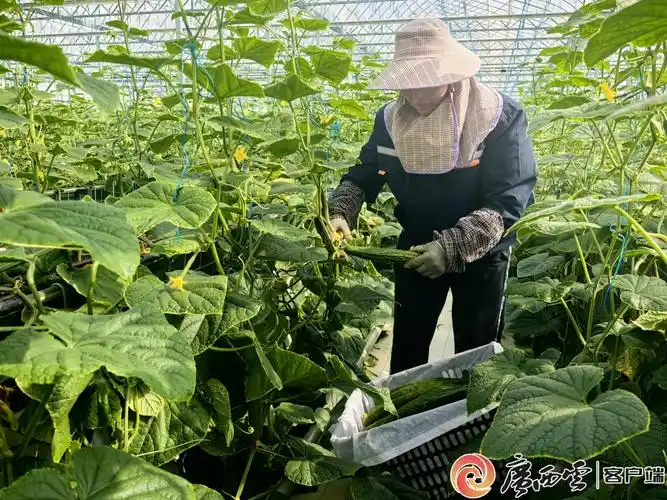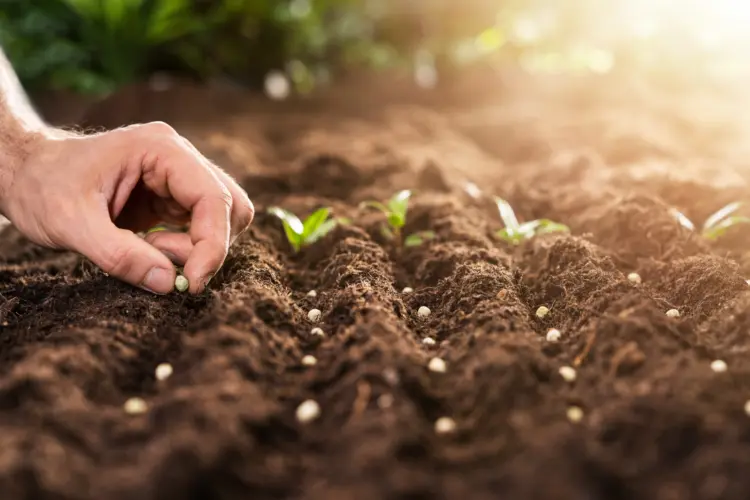mportance of Trace Elements
Trace elements, also known as micronutrients, are essential for plant growth and development, even though they are required in small quantities. Key trace elements include iron, manganese, zinc, copper, boron, molybdenum, and chlorine. They play crucial roles in:
Enzyme Activation: Many trace elements act as cofactors for enzymes, facilitating biochemical reactions.
Photosynthesis: Elements like iron and manganese are vital for chlorophyll production and photosynthesis.
Disease Resistance: Adequate trace element levels enhance plant health and resistance to diseases.
How to Ensure Adequate Supply in Organic Systems
Soil Testing: Regular testing helps identify trace element deficiencies and guides supplementation.
Organic Amendments: Use compost, manure, and rock dust to provide a natural source of micronutrients.
Crop Rotation: Rotate crops to prevent depletion and build up of specific trace elements.
Common Deficiencies and Solutions
Iron Deficiency: Leads to chlorosis in young leaves. Solution: Apply iron chelates or foliar sprays.
Zinc Deficiency: Causes stunted growth and small leaves. Solution: Use zinc-rich fertilizers like zinc sulfate.
Boron Deficiency: Results in poor fruit and seed development. Solution: Apply boron supplements cautiously, as excess is toxic.
FAQs
1. Why are trace elements important in small amounts?
Despite their small quantities, trace elements are crucial for key physiological processes and overall plant health.
2. Can organic fertilizers provide enough trace elements?
Yes, organic fertilizers like compost and manure can supply trace elements, but monitoring and supplementation may be needed.
3. How can I detect trace element deficiencies early?
Regular observation of plant symptoms and periodic soil and tissue testing can help identify deficiencies early.






